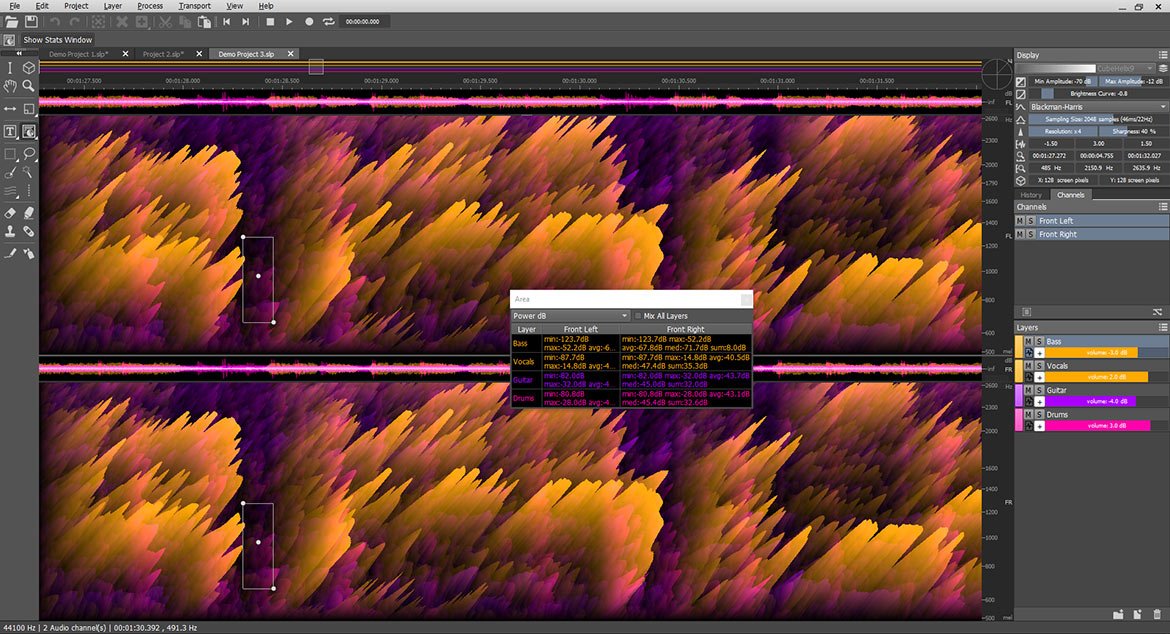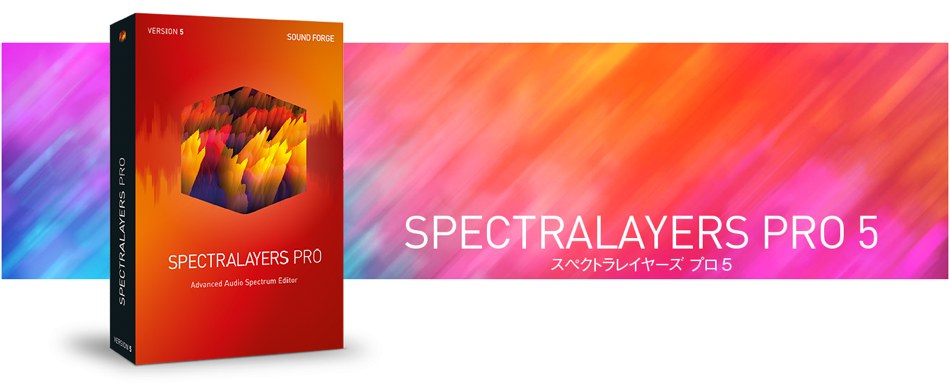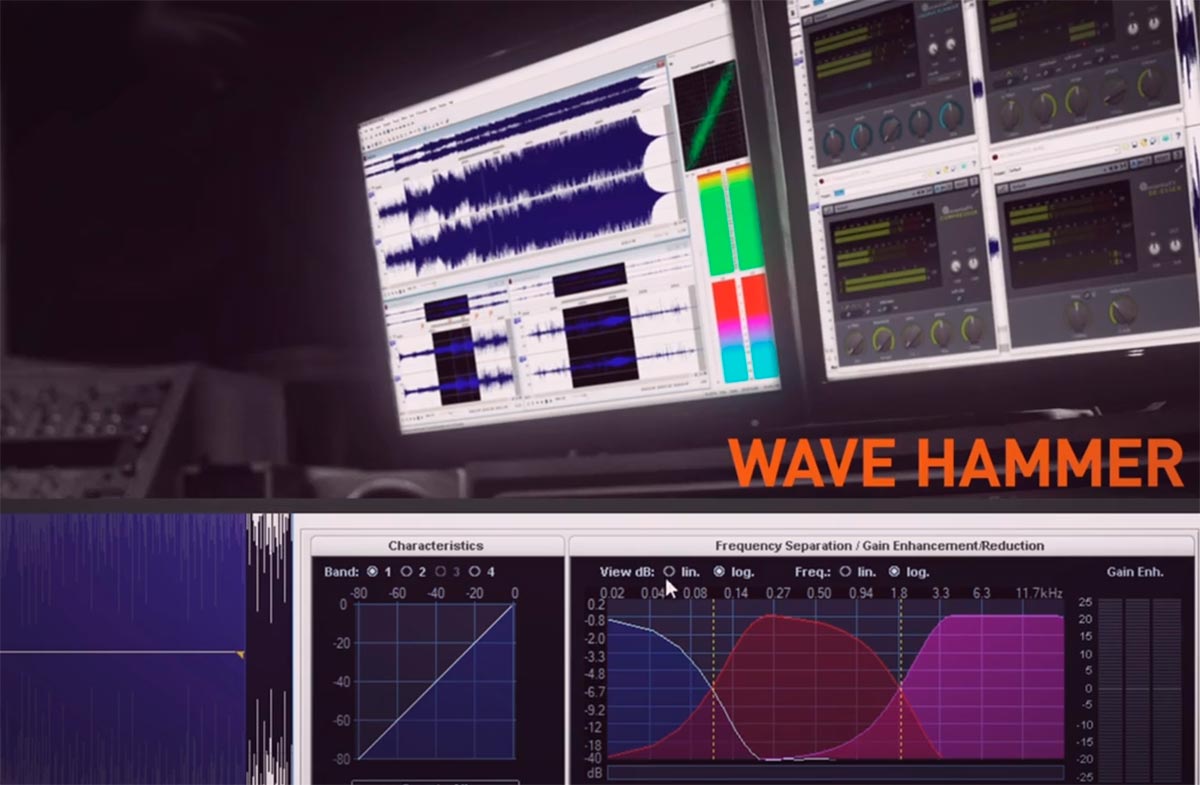

In SpectraLayers Pro 4, you can work with the individual sounds in an audio file fully visually. Sound card: CoreAudio-compatible audio hardware Graphics card: OpenGL 3.0 compatible graphics card, min. Nevertheless, it goes faster as you become familiar with the process.Processor: Intel dual-core processor (Quad-core processor recommended) *A lot of time could be saved if Sony would give us some "select all" commands. I brought the right channel up in volume considerably and the noise is still essentially gone. In this file, the results are particularly dramatic in the right channel. When you're done painting all of the data, click in the layers area to deselect all the layers (they turn green).ġ2. When you let go of the mouse button, the blue areas will turn gold, indicating successful extraction of the noise.ġ1. Return to the data window, drag your mouse around and watch everything turn bluish. Click on the Register Noise button (which should still be highlighted red) to deselect it.ġ0. Also check to be sure that the new layer you created on the right is still highlighted red. When that's done, press the S key and click anywhere in the data window to deselect your freshly painted selection.Ĩ. As you paint, the selection turns bluish. You may need to turn up the Level Multiplier slider at the top of the window (the middle one of the three sliders) in order to see your "painting" clearly. Click the Register Noise button (it turns red) and start painting the entire area of your time selection. In this case I selected a frequency range of 2.5 kHz, a time of 4.0 seconds, and a hardness of 100%.Ħ. Adjust the properties across the top to adjust the frequency and time characteristics of the "paintbrush" you will use. Select the extract noise tool in the tool bar on the left.ĥ. Make a selection by time (shortcut T) in a clear area that has the noise you want to eliminate.Ĥ. Create a new layer (ctrl-shift-N), invert its phase and make sure it is selected (highlighted red) and stays that way.ģ. Alternatively, you can create a new layer and do a copy/paste and phase inversion instead (which is non-destructive) - but that is more steps.Ģ. Select by frequency (shortcut F) everything below the fundamental frequency of the note, making sure the main layer is selected (highlighted red). The procedure itself could use streamlining - the required steps were not intuitive for me to learn, and I find them more time-consuming than I believe should be necessary* - yet, the RESULTS are amazing.ġ.

The same file run through Spectralayers noise extraction process: The noise floor peaks as high as -8.5 dB: Here, for example, is a high-pitched tone before noise extraction.

Reducing that noise is essential, but what if you could eliminate it instead? With SpectraLayers, much of the time you can.


 0 kommentar(er)
0 kommentar(er)
